Developing Real-Time Digital Twins for Cloud Deployment
ScaleOut Software
AUGUST 20, 2020
Digital twin models used in product lifecycle management (PLM) or in IoT device modeling (for example, Azure Digital Twins ) just describe the properties of physical entities, usually to allow querying by business processes. They make use of standard object-oriented concepts and languages (such as C#, Java, and JavaScript).

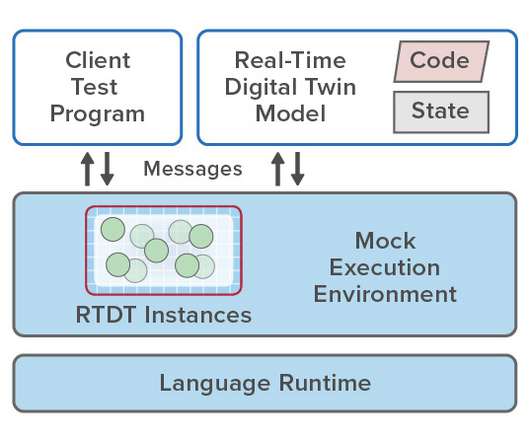
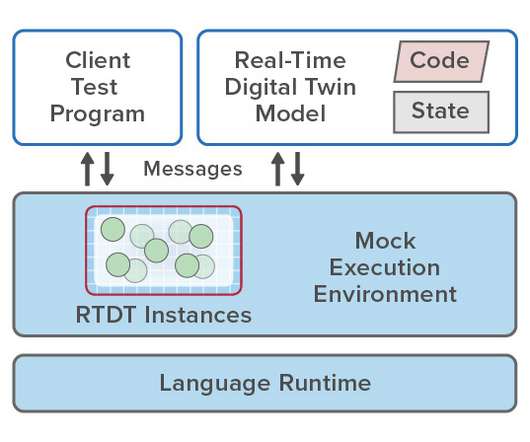
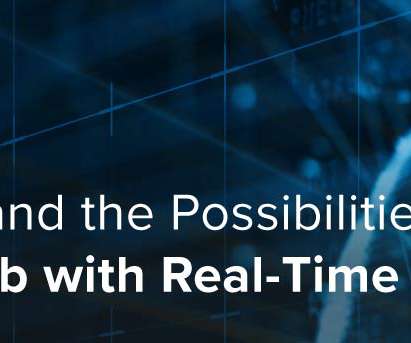




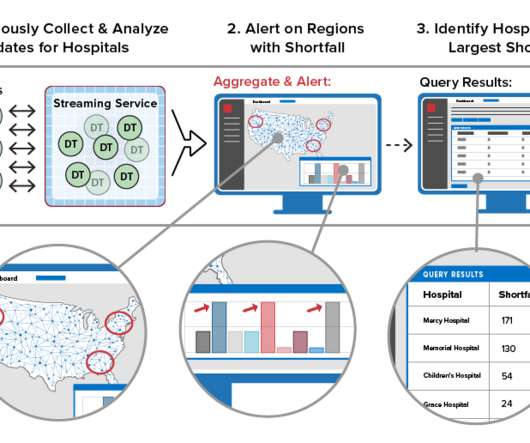
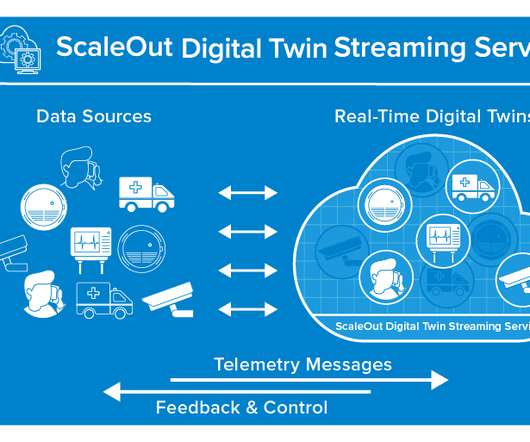
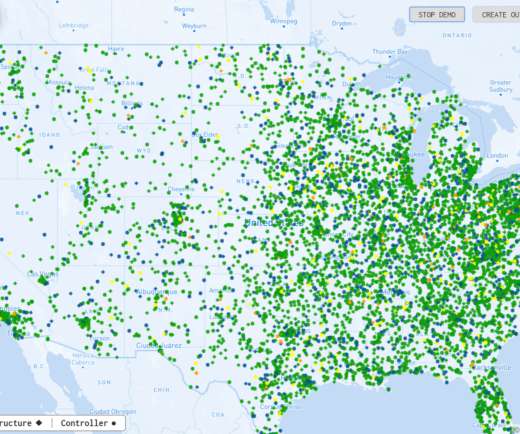








Let's personalize your content